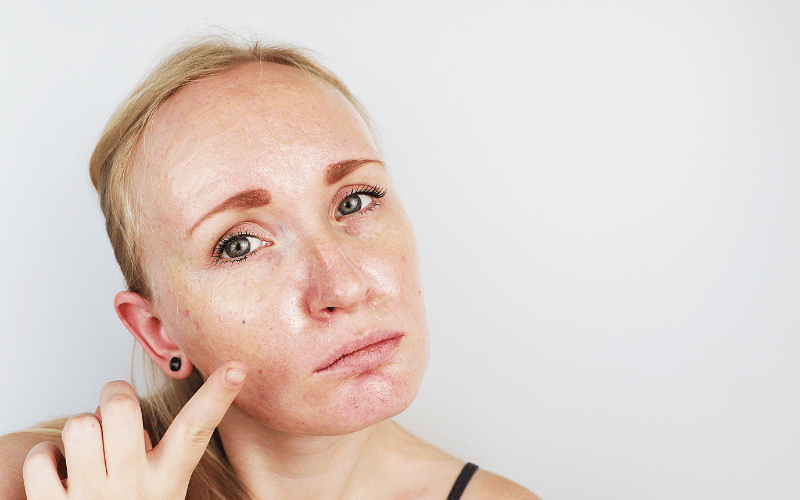10. Changes in Pigmentation: The Uneven Coloring of the Skin

Patients may notice certain areas of their skin turning darker (hyperpigmentation) or lighter (hypopigmentation) than their usual skin tone. These changes can be more noticeable on darker skin tones and can lead to concerns about appearance and self-esteem.
The inflammation caused by malignant T-cells can stimulate melanocytes (pigment-producing cells in our skin) to produce more melanin, leading to darkening. Conversely, damage to these melanocytes can result in reduced melanin production, causing lightened patches.
While pigmentary changes can appear anywhere, they’re usually most prominent in regions where lesions have healed. So, you might find a patch of hyperpigmentation where a plaque once was, or a hypopigmented spot where a tumor resolved. (10)